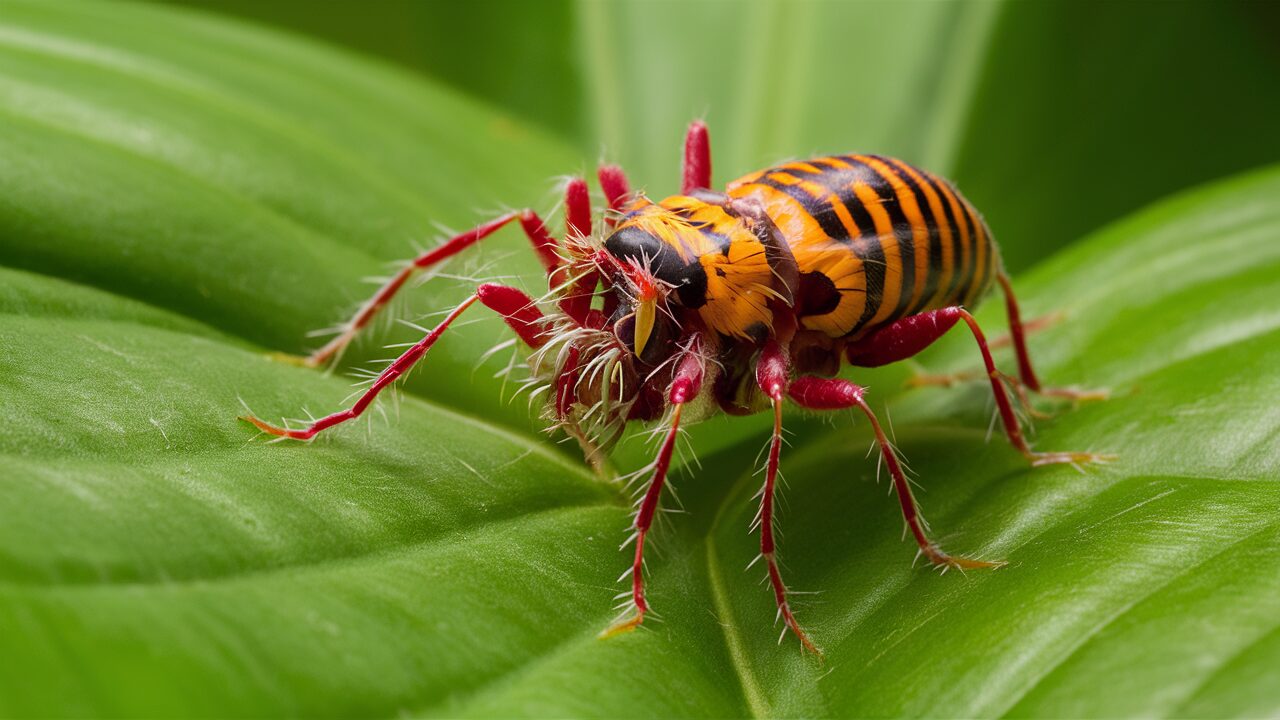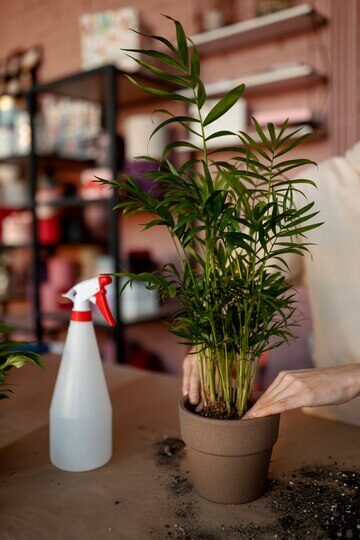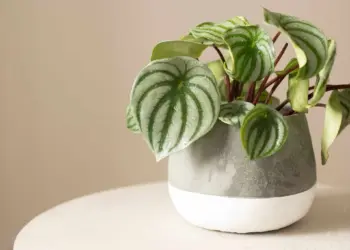Indoor plants are a fantastic way to bring life and color into your home. But nothing puts a damper on your plant enthusiasm like discovering a spider mite infestation! These tiny pests can wreak havoc on your beloved greenery, turning your lush foliage into a speckled, web-covered mess. The good news? You can effectively get rid of spider mites on indoor plants, and fast, with the right strategies. Let’s dive into everything you need to know to banish these minuscule menaces for good!
What Are Spider Mites?
Spider mites are tiny arachnids, closely related to spiders and ticks. They’re usually less than 1 millimeter in size and can be red, green, yellow, or brown. You might spot their fine webbing first, which they spin on the undersides of leaves and along stems. These pests feed by piercing plant cells and sucking out the contents, leading to stippled, yellowing leaves that may eventually die and drop off.
Identifying a Spider Mite Infestation
Before you can tackle a spider mite problem, you need to confirm that’s what you’re dealing with. Here’s how:
- Look for Webbing: Spider mites produce fine, silky webbing, often on the undersides of leaves and between stems.
- Check for Stippling: Leaves may develop tiny, light-colored spots or stipples.
- Examine the Undersides: These pests love to hide on the underside of leaves. Use a magnifying glass if needed.
- Shake Test: Hold a sheet of white paper under a branch and gently shake it. If you see tiny, moving dots on the paper, you’ve got spider mites.
Appearance of Spider Mites
Spider mites are extremely small, ranging from 1/60 to 1/25 inch in size. They can be red, yellow, green, brown, or even translucent. The best way to see them is by shaking a leaf over a white sheet of paper and examining the paper with a magnifying glass.
Most Affected Plants
Spider mites affect a variety of plants, including:
- Outdoor plants: cucurbits (squash, pumpkins, cucumbers), beans, tomatoes, and landscape trees and shrubs.
- Indoor plants: especially those with thin, tender leaves, like houseplants, in warm, dry conditions.

How to Get Rid of Spider Mites on Indoor Plants: Effective & Fast
Now that you’ve identified the culprits, let’s talk about how to get rid of spider mites on indoor plants quickly and effectively.
Natural Remedies
- Water Blast: One of the simplest ways to reduce spider mite populations is by using a strong stream of water to knock them off your plants. Do this in the sink or shower to avoid a mess.
- Soap Spray: Mix a few drops of dish soap in a quart of water and spray it onto the affected areas. The soap helps to break down the mites’ protective outer layer, killing them. Rinse the plant after a few hours to prevent damage.
- Neem Oil: Neem oil is a natural pesticide that can effectively control spider mites. Mix according to the package instructions and spray your plants thoroughly. Repeat every 7-14 days until the infestation is under control.
- Spraying with Water: Regularly spraying plants with hard blasts of water can dislodge spider mites and their eggs. For indoor plants, use a faucet sprayer in the kitchen sink or bathtub. Wiping leaves with water and a few drops of liquid dish soap can also be effective.
Chemical Controls
Sometimes natural remedies aren’t enough, especially for severe infestations. Here are some chemical options:
- Miticides: These are specifically designed to kill mites. Look for products containing ingredients like abamectin, bifenthrin, or spiromesifen.
- Insecticidal Soaps: These are less toxic than many other pesticides and can be effective against spider mites.
- Horticultural Oils: Similar to neem oil, these suffocate the mites and are less toxic to humans and pets.
- Pyrethroid Pesticides: Pyrethroid pesticides, a blend of natural pyrethrins and other chemicals, can effectively combat spider mites. They are safer than purely synthetic pesticides but should still be used with care.

Preventative Measures
An ounce of prevention is worth a pound of cure, especially when it comes to spider mites.
- Maintain Humidity: Spider mites thrive in dry conditions. Keep your indoor humidity levels up by misting your plants or using a humidifier.
- Regular Inspections: Check your plants regularly for signs of spider mites, especially during dry seasons.
- Regular Water Blasting: Blasting plants with water periodically can wash away spider mites and prevent them from establishing a foothold.
- Cleanliness: Keep your plant areas clean. Dust and debris can harbor mites.
- Quarantine New Plants: Always isolate new plants for a few weeks to ensure they aren’t bringing any pests into your home.
- Seasonal Inspections: Check plants that spend summer outdoors before bringing them indoors for the winter. The dry indoor air during winter is favorable for spider mites, so early detection is crucial.

Spider mites might be tiny, but they can cause big problems for your indoor plants. Thankfully, with the right combination of identification, natural remedies, and chemical controls, you can get rid of spider mites on indoor plants effectively and fast. Remember to stay vigilant and implement preventative measures to keep these pests at bay. Your plants will thank you for it!
So, roll up your sleeves and get ready to show those spider mites who’s boss. With a bit of effort, you can reclaim your indoor jungle and keep it thriving. Happy gardening!
FAQs
What causes spider mites on indoor plants?
Spider mites often appear in dry, dusty conditions. They can be introduced through contaminated soil, plants, or even on your clothes.
Can Spider Mites Bite Humans?
Spider mites have piercing mouthparts, but they are too tiny to bite through human skin and have no incentive to do so, as they feed exclusively on plant juices.
Why Are Spider Mites Hard to Get Rid Of?
Spider mites are microscopic and often go unnoticed until damage is visible. They can also quickly develop resistance to chemical pesticides.
Are There Plants Immune to Spider Mites?
While no plant is completely immune, indoor plants with thick, tough leaves, such as jade plants, rubber trees, snake plants, and ZZ plants, are less susceptible. Outdoor plants like onions, rhubarb, and certain flowers are also less likely to be affected.
Can spider mites infest my house?
Spider mites prefer plants and typically do not infest homes in the way that other pests like bed bugs or fleas might.
Should I Remove Damaged Leaves?
If only a few leaves are damaged, prune and discard them using disinfected tools, then treat the plant. For heavy infestations with significant damage, it may be best to dispose of the plant.
How do I know if the spider mites are gone?
Regularly inspect your plants for a few weeks after treatment. If you don’t see any new webbing or damage, the infestation is likely under control.










